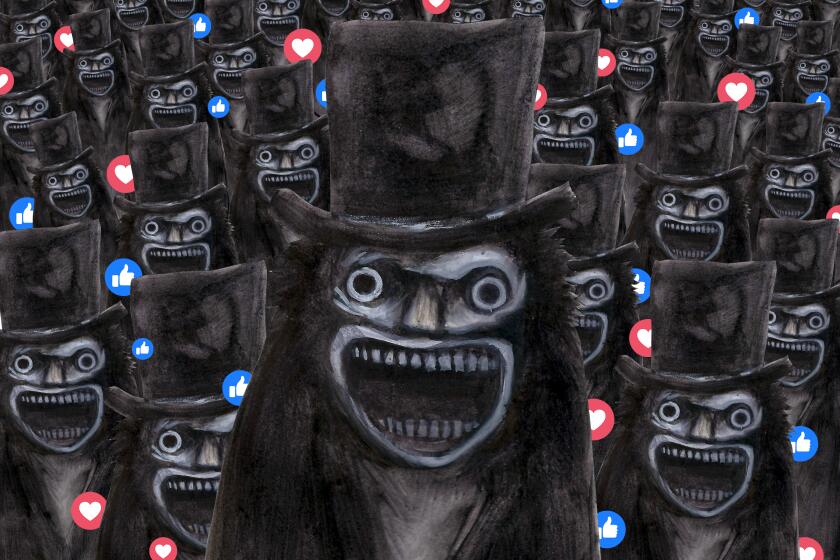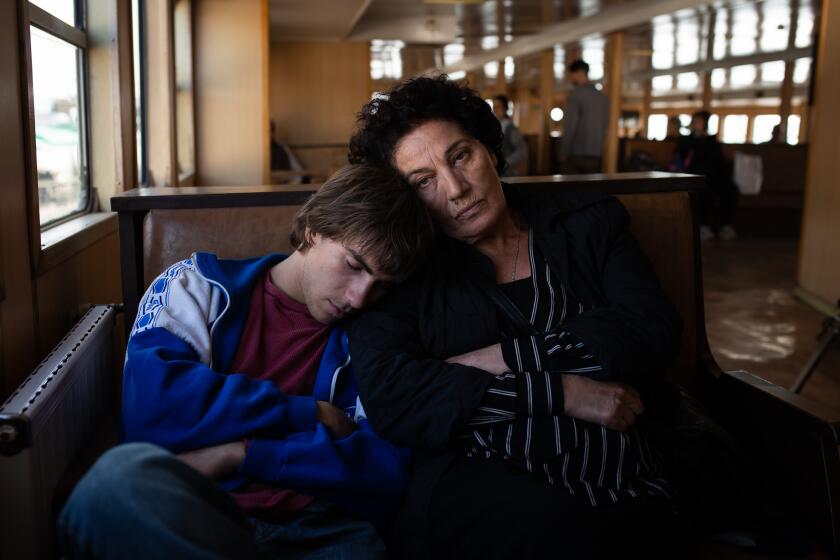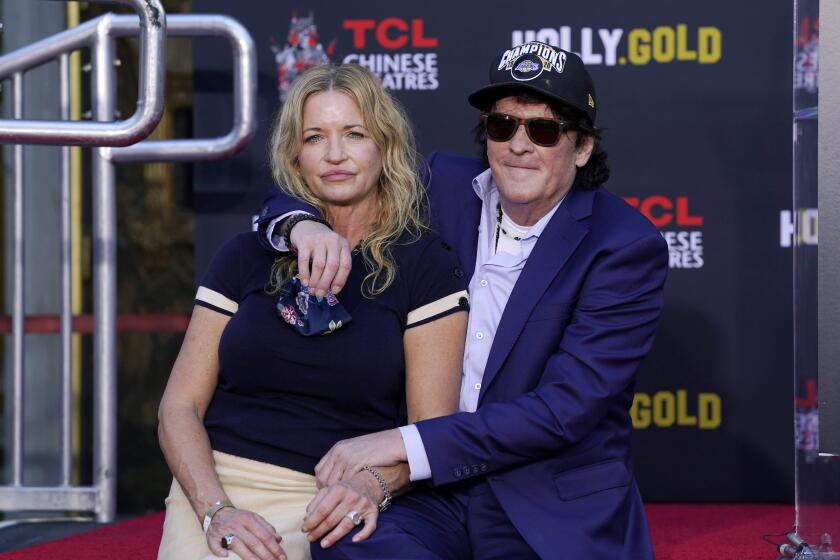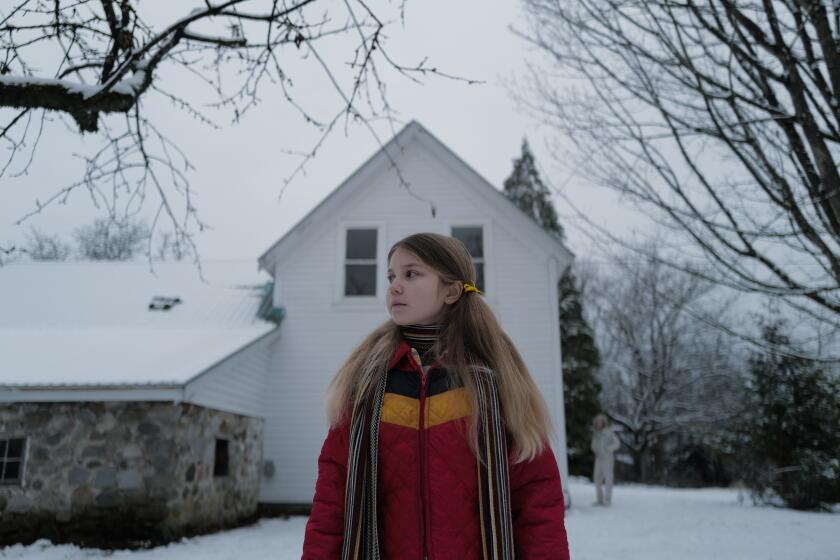Some Down Under fun at Noosa Heads
Just a few hundred yards into our family’s short hike from an oceanfront hotel to the beach at Tea Tree Bay, our 5-year-old son stopped dead in his tracks. Was Charles feeling the aftereffects of the 14-hour plane ride from Los Angeles? Had he been momentarily stunned by the shell-shaped bay’s simple beauty? Or was he simply too tired to walk one more step?
The answer lay elsewhere, nestled comfortably in a eucalyptus tree a few dozen feet above the hiking trail. Up there, as Charles pointed out, perched a small koala, obliviously munching away. In a few minutes, a small crowd gathered to gaze up at the marsupial.
Australia may be famous for its koalas, but it turns out they’re not usually spotted outside a zoo.
We were nowhere near a zoo, in fact. We were walking through the coastal headland forest outside of Noosa Heads, the swank beach town that anchors the Noosa region in northeastern Australia. It’s the kind of place where you can sip a cocktail late at night in a bar spilling over with gorgeous people, then swim early the next morning in a warm, glassy ocean filled with heavily tattooed surfers. The koala was just a surprise wildlife bonus.
The koala throng kept growing, and Charles was tugging on the sleeve of anyone who came up the trail — visitors from Tasmania, a collection of other Australian tourists and even a few local surfers. But there were tide pools to wander, organic farmers markets to browse, even a ginger factory and a giant pineapple to tour. We left the koala, methodically eating its shoots and leaves, behind.
My wife and I had risked subjecting ourselves to the epic plane trip from Los Angeles to Sydney — and a short connecting flight to the Sunshine Coast’s Maroochydore airport several days later — with two small children (Henry, our other son, had just turned 1) for exactly this koala experience: something indigenous, exotic and, for kids and parents alike, unmistakably cool.
Whether it was playing with kangaroos in “Crocodile Hunter” Steve Irwin’s Australia Zoo or sampling local music at the rambling Eumundi Markets, our journey into this little-known pocket of Queensland rarely fell short.
Our contemplated summer vacation had been London and Paris, but with the dollar weak against the pound and euro, a two-week European trip had become prohibitive. I had visited Sydney on business and had found it irresistibly metropolitan and seemingly kid-friendly. Even though it has slipped since our visit, the American dollar remains strong there and is now worth $1.24 Australian.
The timing was right too. We weren’t going to be traveling until early September, so we would be catching the fair weather at the start of Australia’s spring.
Our plan was to spend a week in Sydney, see as many museums, parks and zoos as possible, then fly 518 miles north, over Brisbane, to Maroochydore, the tiny airport serving the Sunshine Coast. From there, we would rent a car, station ourselves for a week in the beach city of Noosa Heads, our base camp for excursions to Irwin’s Australia Zoo, the Ginger Factory and the Big Pineapple, a remote tropical fruit plantation turned into an irresistibly corny little theme park that does, in fact, have a faux giant pineapple you can explore.
As Sydney has become increasingly artsy and moneyed, its upper crust has set out for new getaways, and a couple of Sydney acquaintances had recommended Noosa. In some ways, it is to Sydney what Acapulco once was to Los Angeles: out of the ordinary but not completely out of the way. Southern Californians might look upon Noosa as Laguna Beach.
Indeed, the small peninsula, home to several Noosa resorts, faces a body of water called Laguna Bay. The narrow spit of land, Noosa Heads, is bisected by Hastings Street, a busy avenue of up-market shops, restaurants and art galleries that feels a bit like a setting for “The O.C.” There are more couture shops on Hastings Street than T-shirt stands.
But everywhere else you look, Noosa is surprisingly unaffected. One of our favorite restaurants, Bistro C, had 30 wines by the glass and indoor parking for a dozen or so prams, as the locals call baby strollers. That unpretentiousness grows more distinct as soon as you leave the beach, which has full public access. And the farther behind you leave the ocean, the more the trip approaches a journey into a different place, where resorts give way to communes, and high-end boutiques are replaced by organic cheese shops.
The surrounding Cooloola and Glass House mountain regions, where most of this bohemian lifestyle abounds, look much like Hawaii’s Big Island: acres of sugar cane, the stalks sawing in the wind, with less dramatic plots of pineapple here and there, all set in the foothills of volcanic peaks. A network of narrow roads (a bit tricky to navigate, because Aussie cars are right-hand drive and you drive on the opposite side of the road) links several small towns.
We geared outings to our young boys but nevertheless came across several stops that would suit those visiting without kids, including small wineries, ice cream shops and farmers markets.
The ‘roos rule
The Australia Zoo was not our first excursion, but it proved among the most memorable, especially in light of the naturalist’s subsequent death from a stingray’s barb. (The zoo’s main show venue, the Crocoseum, was the site of an Irwin memorial service attended by 5,000 mourners.)
The zoo is outside the town of Beerwah, about a 90-minute drive south of Noosa. The Crocoseum is the central attraction, the site of a daily “CrocsLIVE” show, kind of like a Shamu act starring aquatic reptiles. No offense to Irwin, but crocodiles are about as riveting as a killer whale loaded full of tranquilizers; their modus operandi, in fact, is to stay still until some unlucky prey wanders within snapping distance of their jaws.
Despite all the shouts of “Crikey!” by the show’s hosts, the crocodile production — even with the animals’ occasional lunging at their feeders — wasn’t much, but the rest of the zoo was. One of its better features was the kangaroo and wallaby enclosure, where visitors mingle with and feed the hopping animals in a sprawling outdoor park. In the zoo’s equally impressive koala enclosure, we almost believed a baby koala, having perhaps received a missive from the other koala in Noosa, winked at our older son.
A few miles north, just outside Woombye, stands the Big Pineapple. Australia has a peculiar fondness for tourist attractions with the word “big” in the title: There are also the Big Banana and the Big Potato, neither of which we hit. The oversize pineapple is visible from a distance, and you can climb inside it if you want. We decided to take the train ride through the park’s pineapple and macadamia-nut plantation.
A heavy spring squall with slanting rain hit just as the old train reached the farthest distance from shelter; with the tracks slick with moisture, it could barely climb back to the station. We got drenched, but it was all fun, and some nice Big Pineapple person had stowed our stroller from the storm.
The Ginger Factory is a theme park dedicated to, well, ginger. Just half an hour south of Noosa near the town of Yandina, it has a better-functioning train tour and a new ride called Overboard! Adventures of a Stowaway. Patterned loosely on Disney’s classic It’s a Small World, the boat tour follows the Gingerbread Man as he travels from New Zealand to Venice, Italy, to Paris to Mt. Rushmore trying to escape two cooks. We ended the trip with a ginger milkshake that was spicy, aromatic and delicious.
Traveling back north to Noosa, we stopped in the mountain town of Maleny, whose residents grow, make and sell organic wine, cheese and macadamia nuts — when they are not off trying to keep a new Woolworth’s from opening in their mom-and-pop neighborhood.
That crunchy-granola spirit dominates the Eumundi Markets, perhaps the most popular Noosa-area destination. The free event, held every Wednesday and Saturday, is a combination farmers market and swap meet. Strict rules govern everything sold on the premises: If you don’t “make it, bake it, sew it or grow it,” you can’t sell it.
More than 200 stalls make up the market and carry a variety of goods — feng shui flags as well as free-range chili. We scooped up some Kids for World Peace T-shirts ($14.50), a couple of handmade children’s shoes ($20.15) and some coasters ($22.57).
After a full morning’s browsing, we stopped to rest on a lawn where a lovely local singer named Josie Cubis was playing. A few days later, in a Noosa bookstore, her CD was playing, and she’s now in heavy rotation on our iPod.
Our last afternoon on the beach, we met a Russian woman who, with a 5-year-old son, had fled a town near Chernobyl, Ukraine, to come to this tranquil corner of Australia. She was getting away from nuclear fallout. We were merely escaping urban stress. In Noosa, we both found the same reward.
john.horn@latimes.com
More to Read
Only good movies
Get the Indie Focus newsletter, Mark Olsen's weekly guide to the world of cinema.
You may occasionally receive promotional content from the Los Angeles Times.











